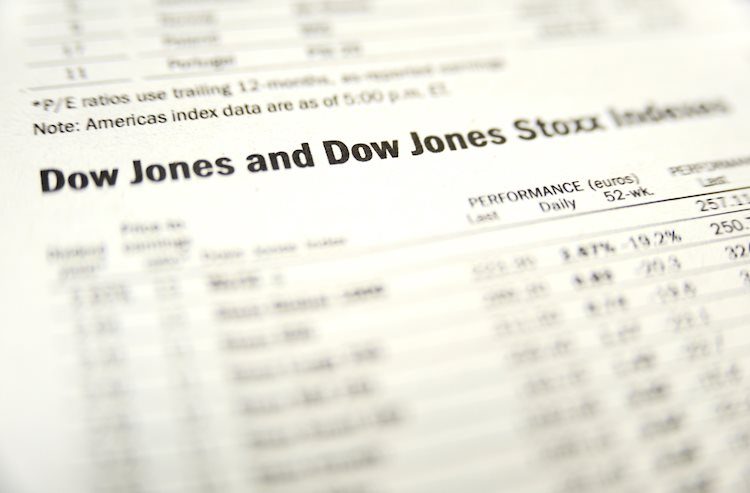The Dow Jones Industrial Average (DJIA) is a key benchmark index in the US stock market and is closely followed by investors and analysts alike. In recent trading sessions, the DJIA has been hovering around the 40,600.00 level as investors brace themselves for the upcoming Federal Reserve (Fed) rate decision. The Fed is widely expected to keep rates unchanged this week, but the market will be on the lookout for any hints of future rate cuts, particularly ahead of the September meeting.
Market expectations are high for a rate cut in September, with investors fully pricing in at least a quarter-point reduction in interest rates. The CME’s FedWatch Tool indicates a 90% probability of a 25 basis point cut in September, with a 10% chance of a larger rate reduction. The Fed’s decision this week and the US Nonfarm Payrolls data on Friday will provide further insight into the central bank’s future monetary policy path.
In Monday’s trading session, the Dow Jones index experienced a mix of gains and losses, with some stocks in positive territory while others traded lower. McDonald’s Inc. reported disappointing earnings, but the stock still managed to rally as the company outlined plans to boost competition and drive more traffic to its restaurants. The overall market sentiment remains cautious as investors await further news on the economy and monetary policy.
From a technical perspective, the Dow Jones is currently trading near the 40,600.00 handle, consolidating within a tight range. The index recently saw a pullback from record highs but found support near the 37,395.00 level. Long-term momentum continues to favor the bulls as the Dow Jones remains above the 200-day Exponential Moving Average (EMA) at 38,011.80. Optimism for a near-term recovery is still present among investors, despite recent market volatility.
The Dow Jones Industrial Average, founded by Charles Dow, is composed of 30 leading US companies and is price-weighted. The index’s performance is influenced by various factors, including corporate earnings, macroeconomic data, and interest rates set by the Fed. Inflation and other economic indicators also play a role in shaping investor sentiment and driving market movements. The index has faced criticism for its limited representation compared to broader indices like the S&P 500.
Traders have different strategies for trading the Dow Jones, including ETFs, futures contracts, and options. ETFs like the SPDR Dow Jones Industrial Average ETF (DIA) offer a way to trade the index as a single security, while futures contracts and options provide opportunities for speculating on its future value. Mutual funds are another option for investors looking to gain exposure to a diversified portfolio of DJIA stocks. Overall, the Dow Jones remains a key barometer of the US stock market and the global economy, with its movements closely watched by market participants.









